The Internet of Things (IoT) has revolutionized the way devices interact, enabling seamless communication between everyday objects. From smart homes to industrial automation, IoT devices are becoming increasingly prevalent. However, powering these devices efficiently remains a significant challenge.
1. The Energy Challenge in IoT
IoT devices often operate in remote or hard-to-reach locations, making regular maintenance and battery replacement impractical. Therefore, energy efficiency and sustainable power sources are critical considerations in IoT design and deployment.
2. Traditional Power Solutions
Many IoT devices rely on batteries, such as lithium-ion or lead-acid, to function. Devices with continuous operation and minimal downtime typically consume more power and thus require batteries that can sustain longer durations between charges.
3. Energy Harvesting Technologies
To address the limitations of traditional power sources, energy harvesting has emerged as a promising alternative. This approach involves converting ambient energy from the environment into electrical power, enabling devices to operate perpetually without the need for battery replacements.
4. Wireless Energy Transfer
Wireless energy transfer technologies are being explored to power IoT devices without physical connections. For instance, radio frequency (RF) energy can be transmitted to devices equipped with appropriate receivers, providing a continuous power supply. This method is particularly useful for devices located in inaccessible areas.
5. Solar and Renewable Energy Integration
Integrating renewable energy sources, such as solar power, into IoT devices offers a sustainable solution for long-term operation. Photovoltaic cells can harness sunlight to generate electricity, reducing dependence on traditional power grids and minimizing environmental impact.
6. Future Outlook
As IoT continues to expand, developing efficient and sustainable power solutions remains a top priority. Advancements in energy harvesting, wireless power transfer, and renewable energy integration are paving the way for a future where IoT devices can operate autonomously with minimal maintenance.
In conclusion, powering the Internet of Things involves overcoming significant challenges related to energy efficiency and sustainability. By leveraging innovative technologies and renewable energy sources, we can ensure the continued growth and success of IoT applications across various sectors.



